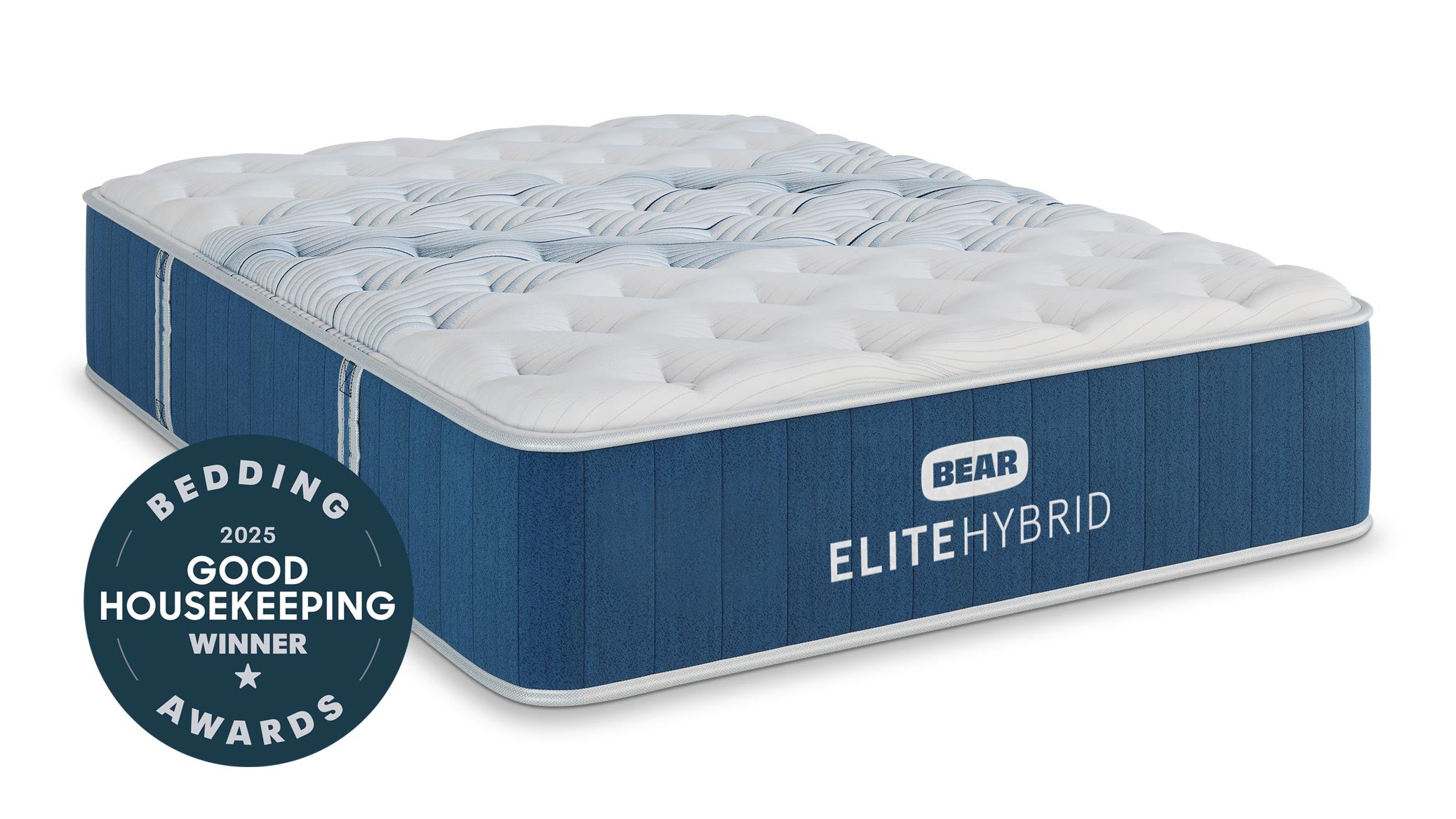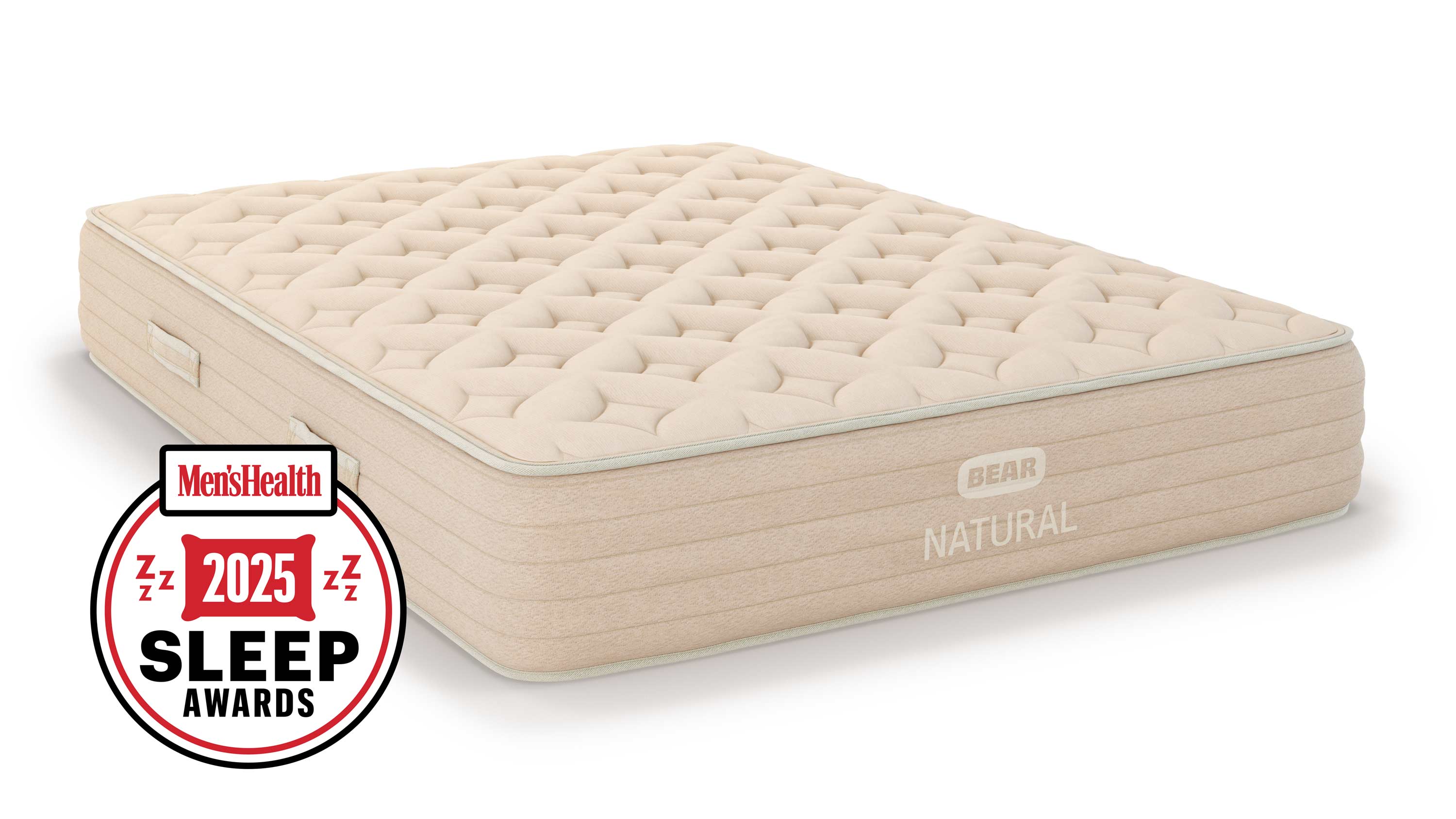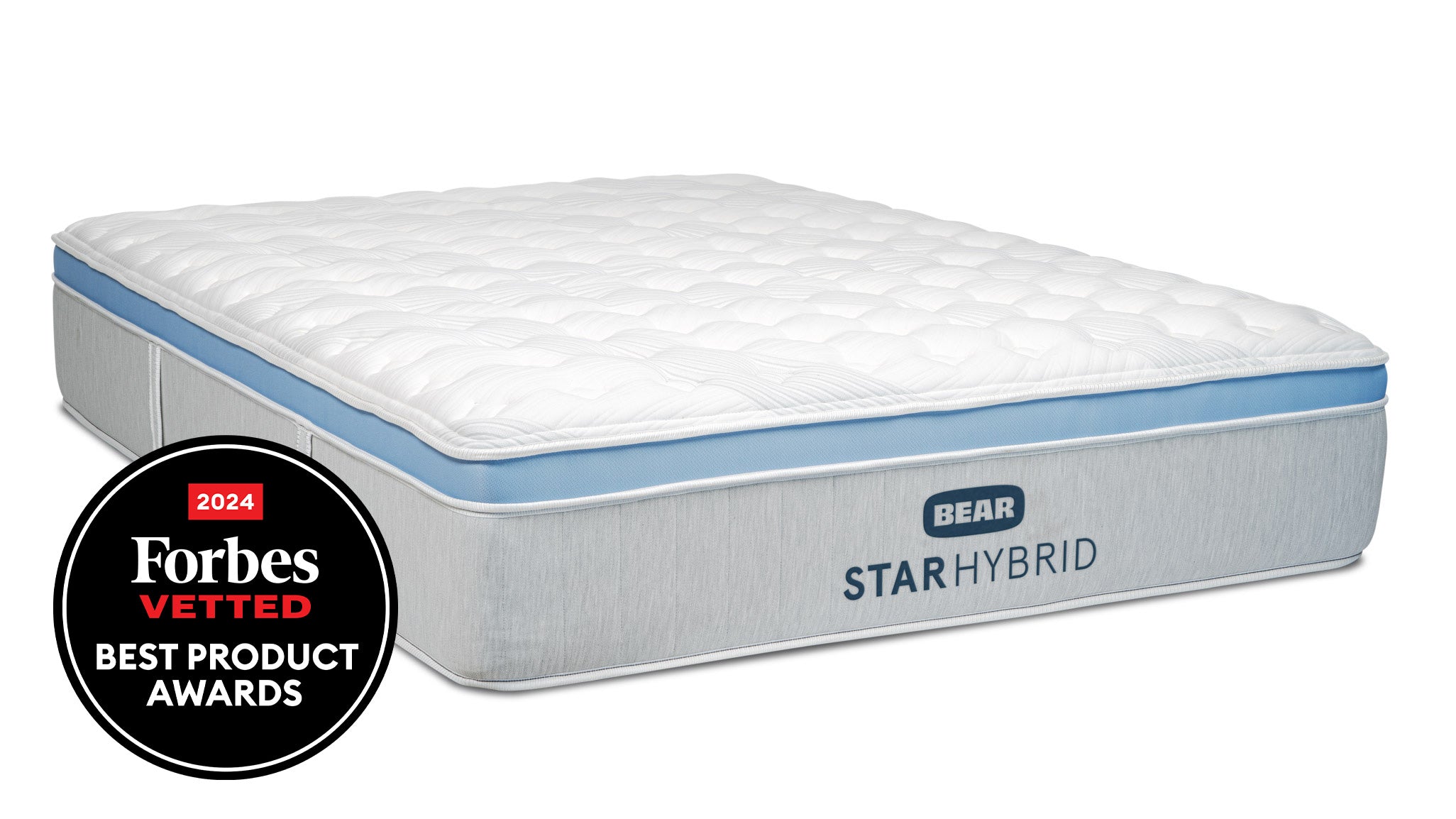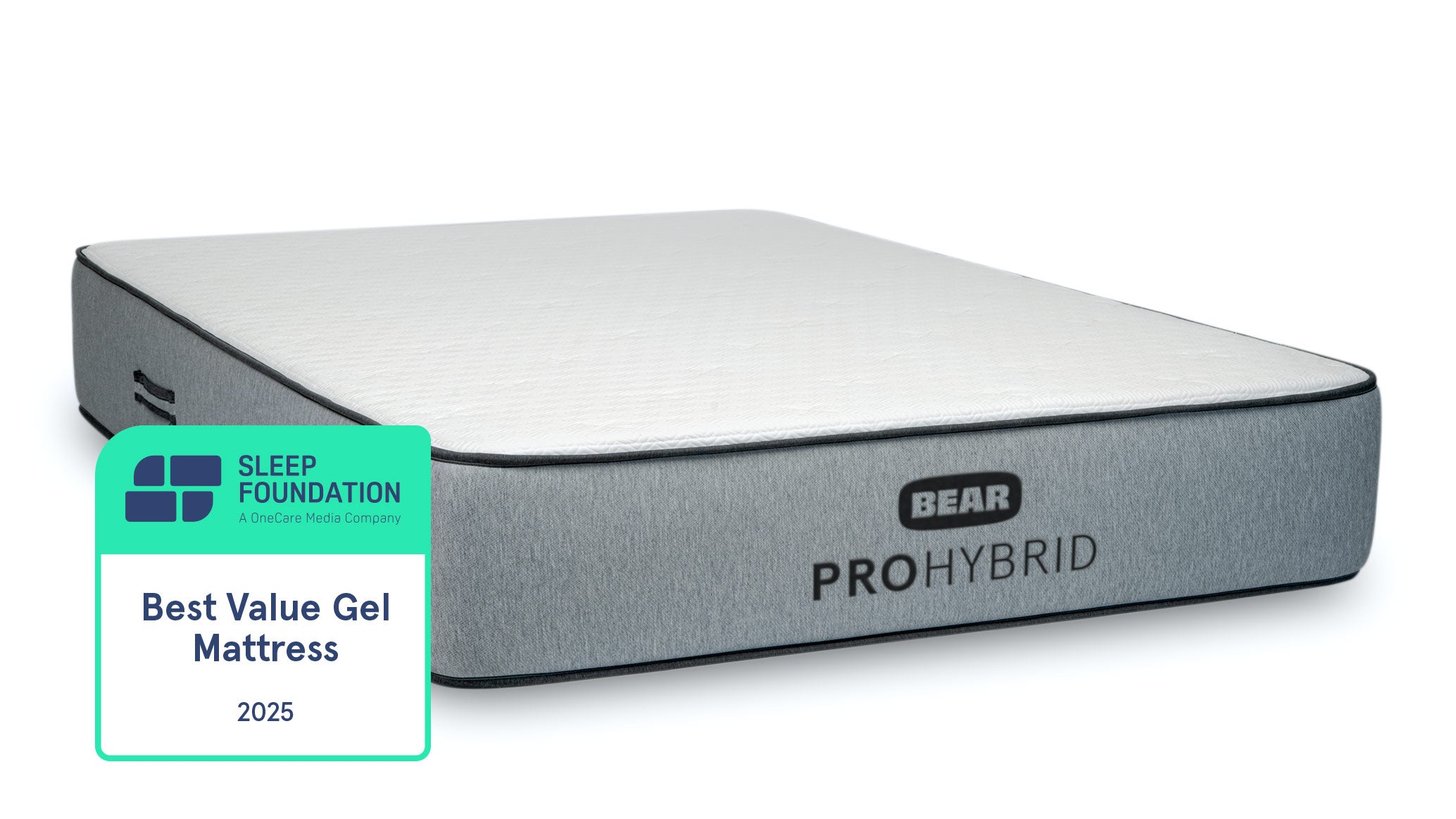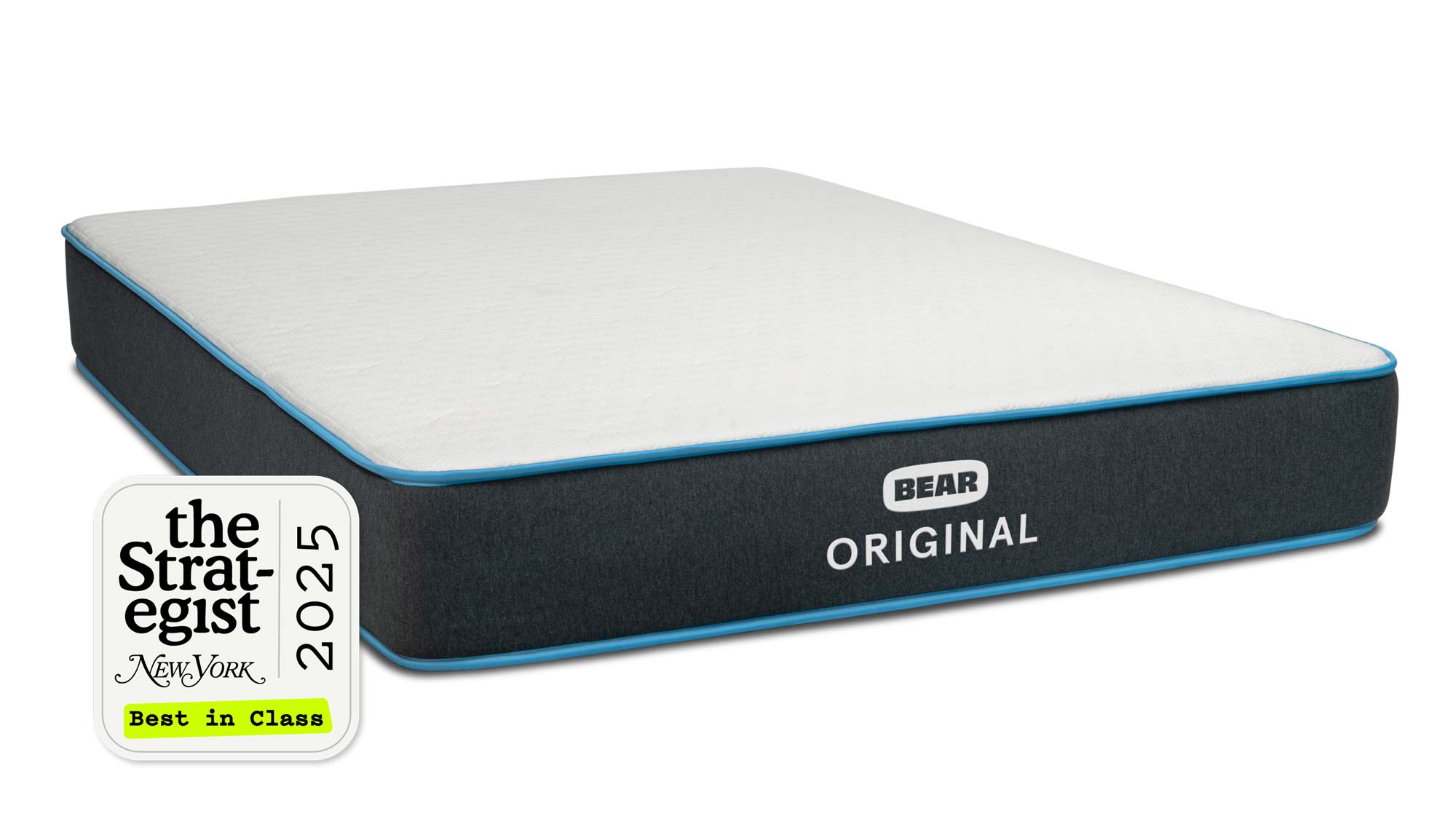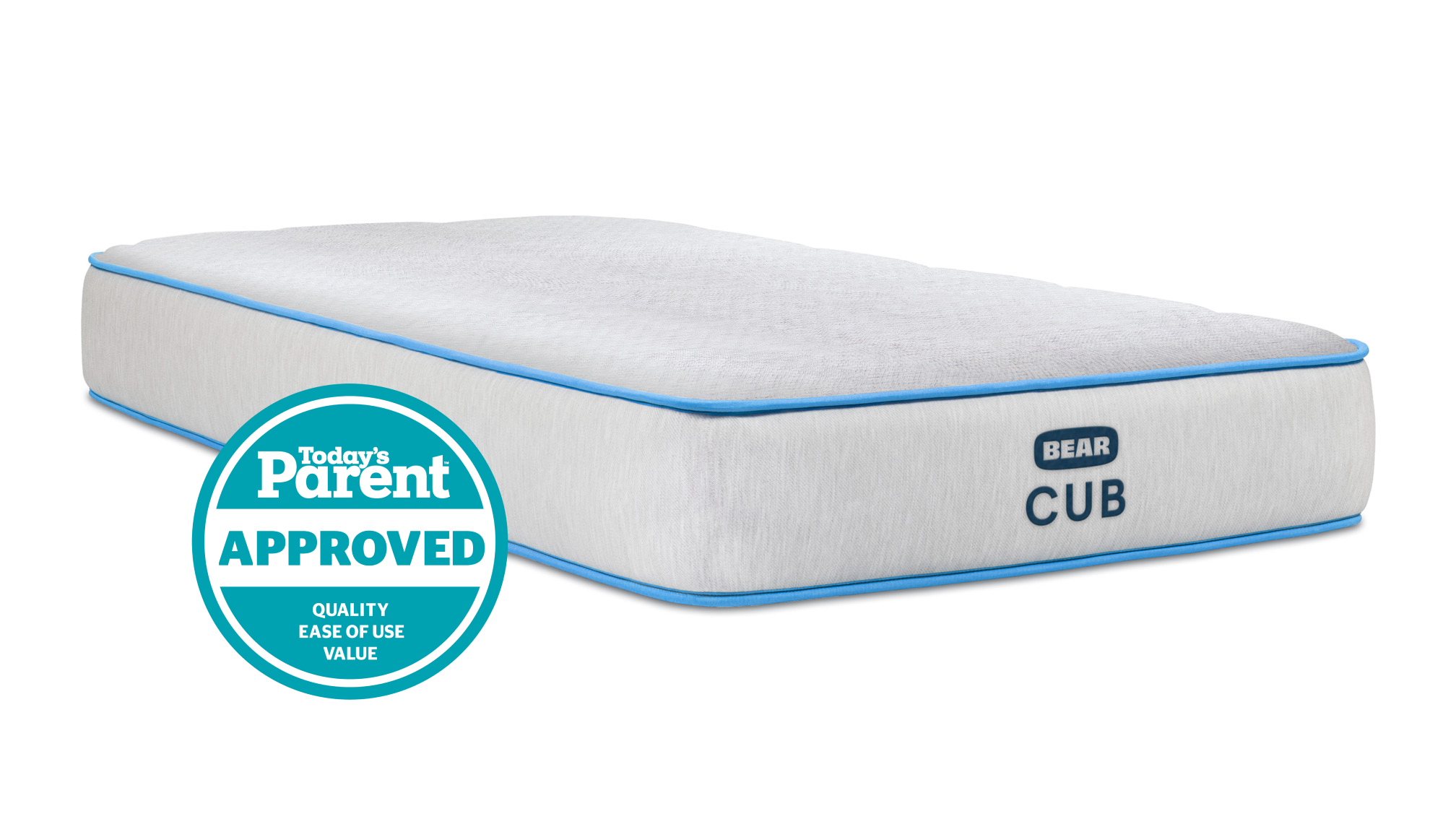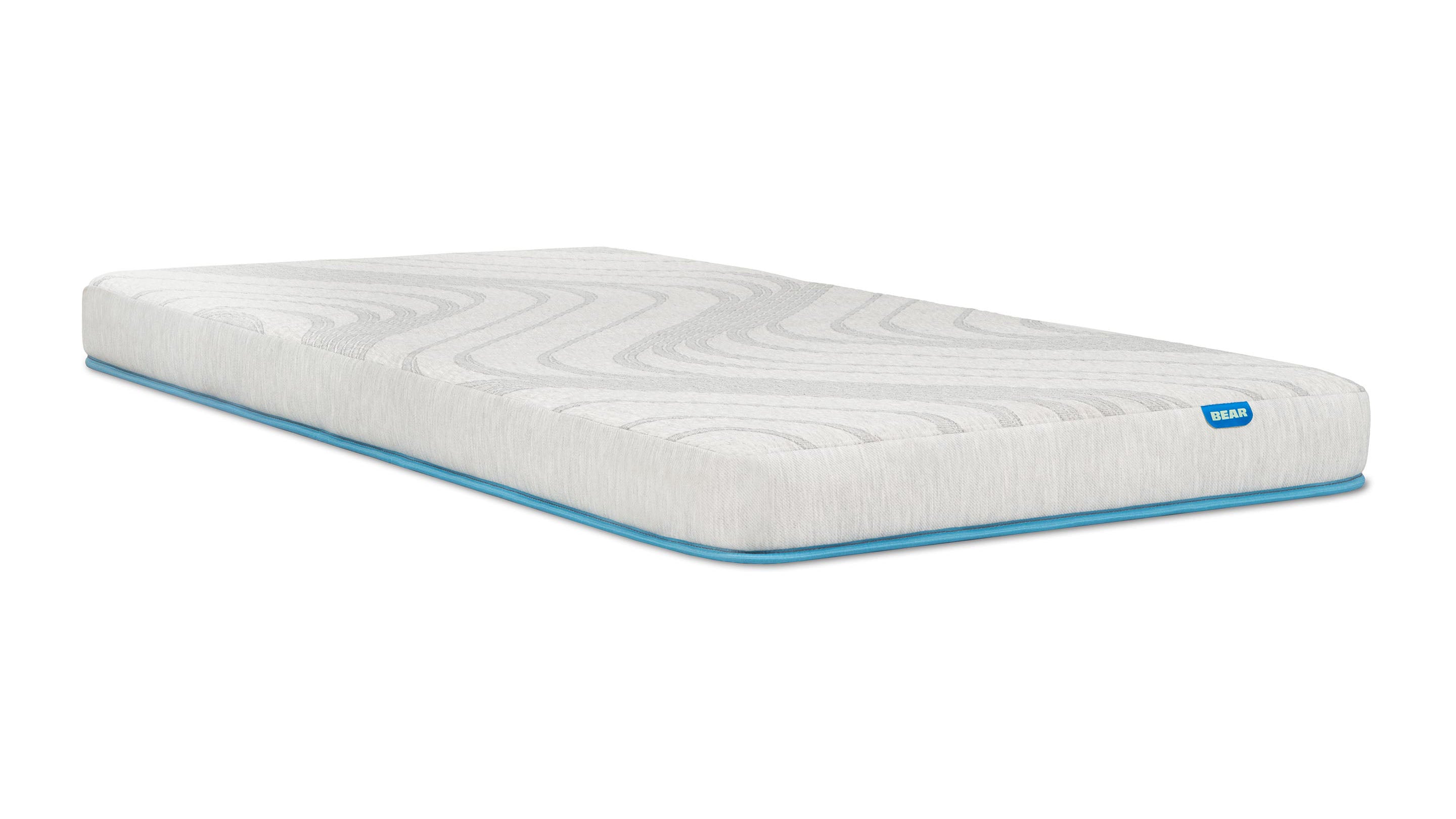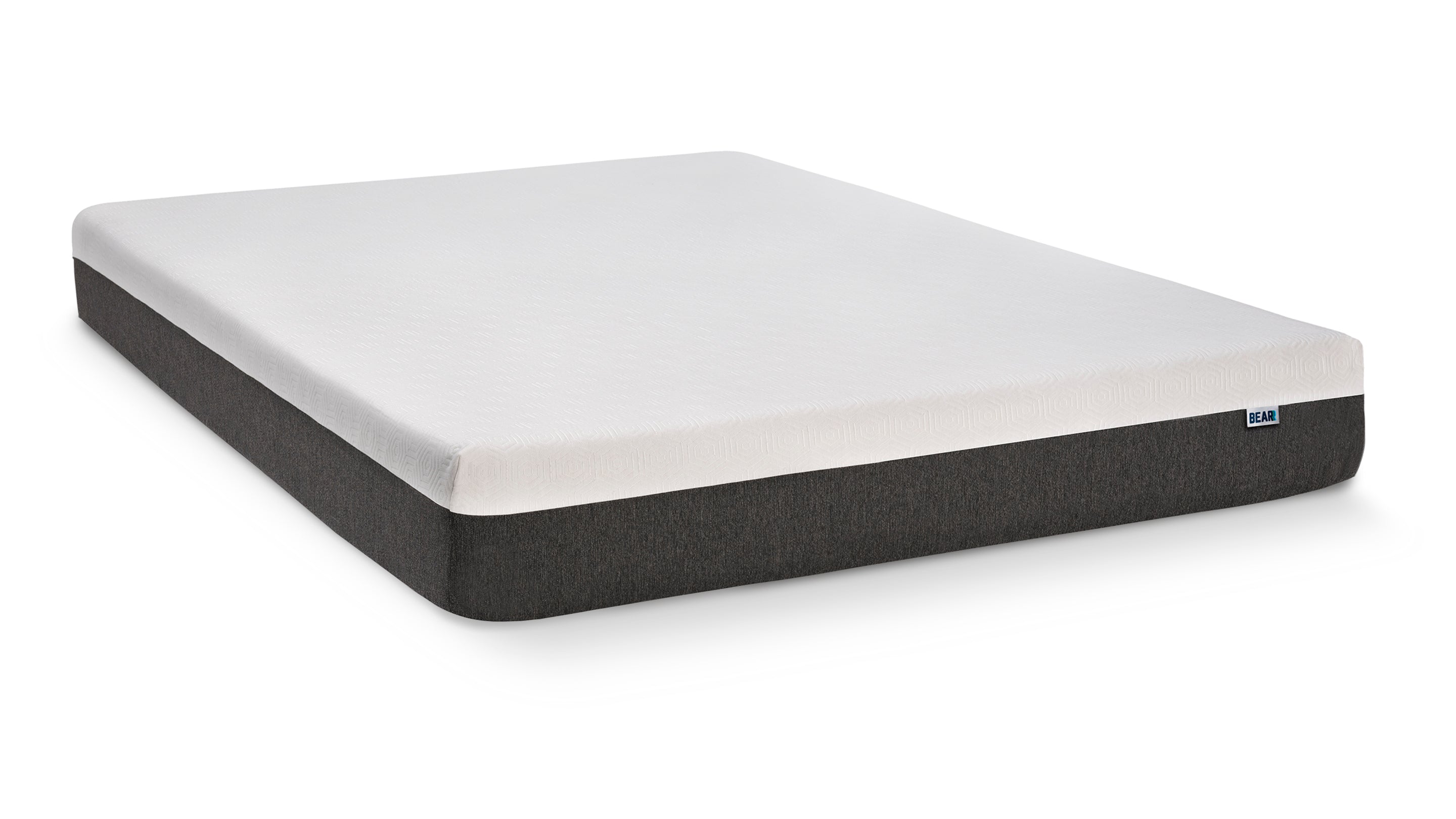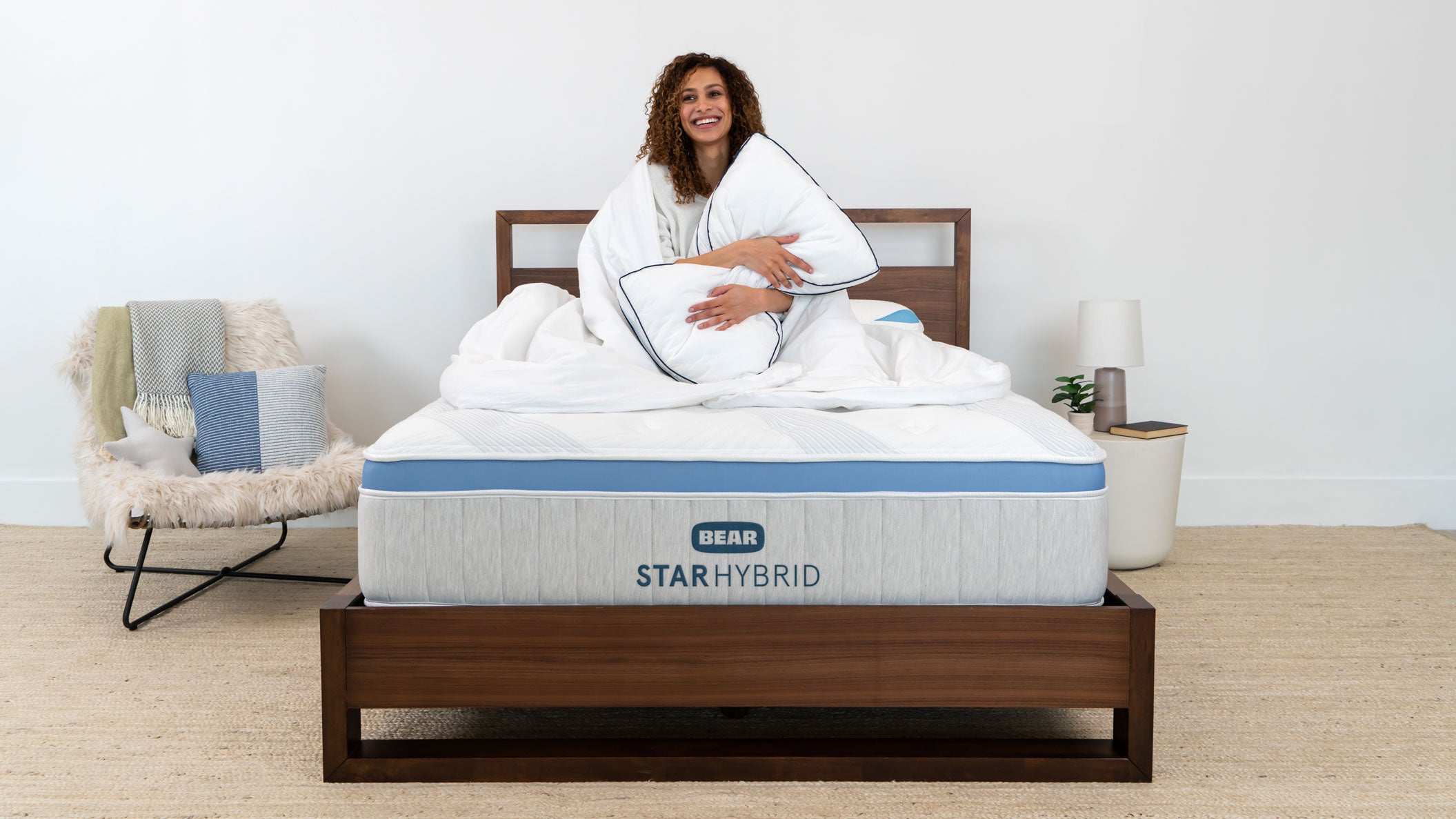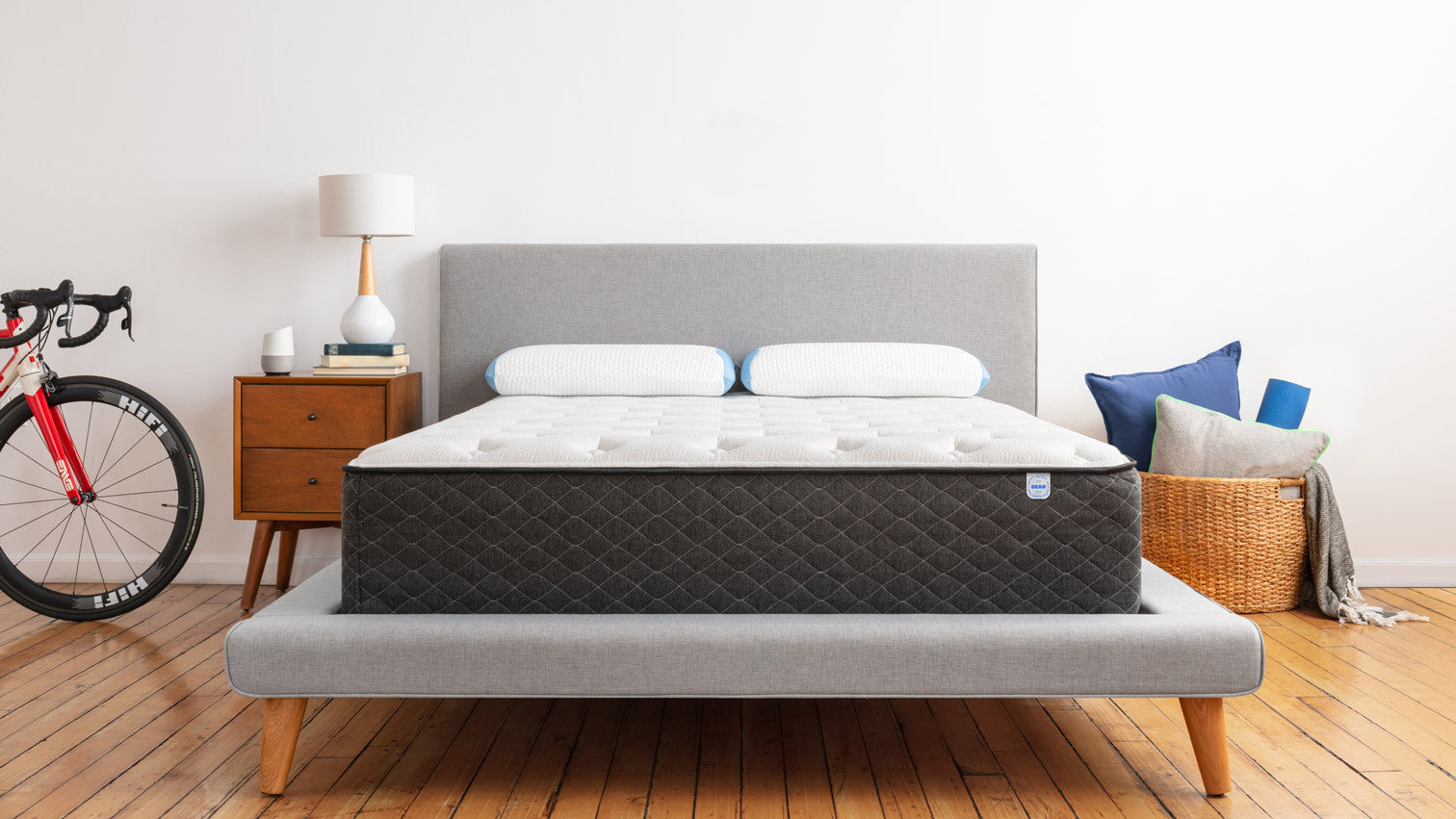Believe it or not, medical professionals have been using weighted blankets for years to treat a wide variety of conditions. But lately, people have begun to realize the everyday benefits of using a weighted blanket as part of their sleep and relaxation routines.
As much as it may seem like “just another wellness trend,” there’s actually quite a bit of research to back up the therapeutic nature of these blankets. The best part? Almost anyone can use one.
How Do Weighted Blankets Work?
Sometimes called “gravity blankets,” weighted blankets are therapeutic blankets filled with materials like plastic pellets or glass beads to provide a warm, gentle pressure on our bodies.
This feeling of weighted, physical pressure has a calming effect, mimicking a therapeutic technique called deep pressure stimulation, or DPS.
The guiding principle behind DPS is this: Hands-on pressure relaxes the nervous system. This can lead to anxiety and pain relief, overall mood improvement and many other physical and mental health benefits for people of all walks of life. Massage therapy is one means of achieving the healing effects of DPS. However, the hands-on pressure doesn’t necessarily need to be achieved by physical human touch — and that’s where weighted blankets come in.
10 Weighted Blanket Benefits
If you’ve been wondering if a weighted blanket could work for you, chances are it will. Weighted blankets can help in a variety of situations and for a number of different health-related issues — but here’s a quick rundown of some the most notable therapeutic advantages.
1. Improves Sleep Quality
Weighted blankets are considered one of the best ways to sleep better and more naturally, without the use of pharmaceutical sleep aids.
One 2015 Swedish study on the effects of weighted blankets in patients with insomnia found that participants moved less and slept longer when using a weighted blanket. Additionally, participants reported that they “liked sleeping with the blanket, found it easier to settle down to sleep and had an improved sleep, where they felt more refreshed in the morning.”
Part of this is because the weighted blanket restricts movement — sometimes, we keep ourselves up with our fidgeting, tossing and turning, even when we’re at our most tired.
2. Relieves Stress and Reduces Anxiety
Due to the deep pressure stimulation effects of weighted blankets, they may also help relieve stress and reduce instances of anxiety and panic attacks.
Deep pressure stimulation helps manage autonomic arousal, which is responsible for symptoms of anxiety like increased heart rate. One study stated that 68% of subjects reported lower anxiety after using a 30-pound weighted blanket, and 78% actually preferred the weighted blanket over other calming methods.
Of course, a weighted blanket isn’t a guaranteed cure-all for anxiety, panic attacks, and general stress. But it can be an effective way to manage those feelings in addition to other treatments like medication, therapy, exercise, meditation, etc.
3. Reduces Symptoms of Restless Leg Syndrome
Restless leg syndrome involves muscle spasms in the legs, as well as a nagging urge to move one’s legs. These sensations often happen while lying down, which makes it difficult for people with restless leg syndrome to stay asleep. In turn, it can lead to full-fledged sleep disorders, such as insomnia.
Compression socks are one way to help with these symptoms — but doctors have been prescribing weighted blankets to patients with restless leg syndrome for years because they essentially “calm down” the legs. This helps people with the syndrome get a good night’s sleep when they otherwise might not.
4. May Increase Serotonin Levels
Deep touch stimulation — from weighted blankets or from physical touch — has been shown to increase serotonin, the neurotransmitter responsible for regulating mood, appetite, and sleep. It also plays a role in some cognitive functions, such as memory and learning.
Because of these serotonergic effects, it is believed that weighted blankets could also have a positive impact on people with depression when used in addition to therapy or medication. And, since depression sometimes interferes with the body’s sleep cycles, it could help patients start sleeping more normally again, which in and of itself can relieve other symptoms of the disorder.
5. Supports Melatonin Production
Melatonin is a hormone that not only encourages sleep but also helps regulate our sleep cycles and circadian rhythms — and believe it or not, it’s made from serotonin.
We know that the deep pressure sensations of weighted blankets increase serotonin levels, and more serotonin in turns means more melatonin production to help the body regulate sleep.
Of course, there are melatonin capsules that can help in this department as well. But a weighted blanket could help encourage your body to make that important hormone on its own.
6. May Help with Chronic Pain
There is a study that describes how gradually progressing to deep pressure during massage therapy may reduce pain reflexes in people with chronic pain conditions.
For this reason, some people believe that weighted blankets may also help people suffering from chronic pain find relief because they mimic that deep pressure effect. Plus, the sensation of being held by a weighted blanket may also encourage the body to produce oxytocin, which can relieve pain and stress and boost the immune system.
7. May Help with ADHD
Weighted vests have been used as an ADHD therapy — sometimes even in classrooms to help children stay on task and resist the urge to get up from their desk and move about the room.
Because of this, it is believed that weighted blankets may also help manage ADHD symptoms such as hyperactive movements and fidgeting — especially in the evening.
Some people with ADHD have trouble falling asleep because it’s difficult to slow down thought patterns and to resist the urge to move, and research suggests sleeping with a weighted blanket may help.
8. Aids in Sensory Processing Disorder
Generally speaking, sensory processing disorder is a condition in which the brain has trouble receiving or responding to information it absorbs from the senses.
This can mean a number of things (e.g. sensitivity to light or sound, poor spatial awareness, difficulty engaging in conversation, etc.), and it varies from person to person. These issues tend to occur more often in children than adults — and they are a common accompaniment to developmental disorders such as autism spectrum disorder.
These sorts of sensory processing issues can be overwhelming; some say it’s like your brain gets “stuck in traffic” and you can’t respond in a productive way. Therefore, it’s not uncommon for these moments to lead to anxiety attacks.
Because of their deep pressure therapeutic effects, research suggests that weighted blankets can be a calming method whenever a situation gets to be too much for young people with sensory processing disorders related to autism or other developmental disorders.
9. Feels Like a Hug
Seriously! Weighted blankets make your whole body feel like it’s getting a giant bear hug, which of course is just plain cozy.
But, that feeling of comforting physical touch also helps our body release hormones and neurotransmitters that can ease anxiety, relieve pain and make us feel good at a chemical level. In this sense, weighted blankets are a good way to self-soothe.
(Plus, everyone needs a hug now and then.)
10. Generally Improves Mood
There are a number of reasons why weighted blankets can help improve mood.
As we mentioned earlier, they can help increase serotonin levels, which can improve mood on a neurological level. But they also help you relax, sleep better and feel safe and secure — all things that, generally speaking, make us feel refreshed, energized and calm on a day-to-day basis.
While weighted blankets can be helpful for specific health issues like anxiety, chronic pain or sensory processing disorder, you don’t have to suffer from any of these issues to use one. The only real requirement is wanting to make rest and relaxation a part of your daily routine.
How to Sleep with a Weighted Blanket
It’s simple — use your weighted blanket just like you would any other blanket!
Of course, you can sleep every night with it, but you certainly don’t have to. You can also wrap yourself up in your weighted blanket while you binge-watch Netflix from the couch, read a book or sit around a bonfire in your backyard.
You can buy a weighted blanket in a range of sizes, fabrics and weighted materials that fit your personal preferences. Just keep a couple of things in mind:
- Weighted blankets usually weigh anywhere from 5 to 30 pounds. Typically, you want one that is about 5%–10% of your body weight.
- Adults may be most comfortable starting off with a blanket that’s around 15 pounds. If it feels too light or too heavy, adjust accordingly.
- For children who weigh 20–70 pounds, a 3–8 pound blanket is probably best.
- Children who weigh between 70 and 130 pounds can use a 5–15 pound blanket.
Also, weighted blankets might not be suitable for some people, such as:
- People with asthma, obstructive sleep apnea or other disorders that may cause difficulty or disrupted breathing during sleep.
- People with claustrophobia or general discomfort in small, tight spaces. Weighted blankets restrict movement and really do feel heavy, which can understandably make some people feel anxious.
- Toddlers under 2 years old, due to the risk of suffocation.
But if you 1) aren’t a toddler and 2) don’t suffer from any of these conditions, then using a weighted blanket is probably perfectly safe for you.
So sit back, snuggle up and get ready to experience the benefits of deep pressure stimulation from the comfort of your home!
